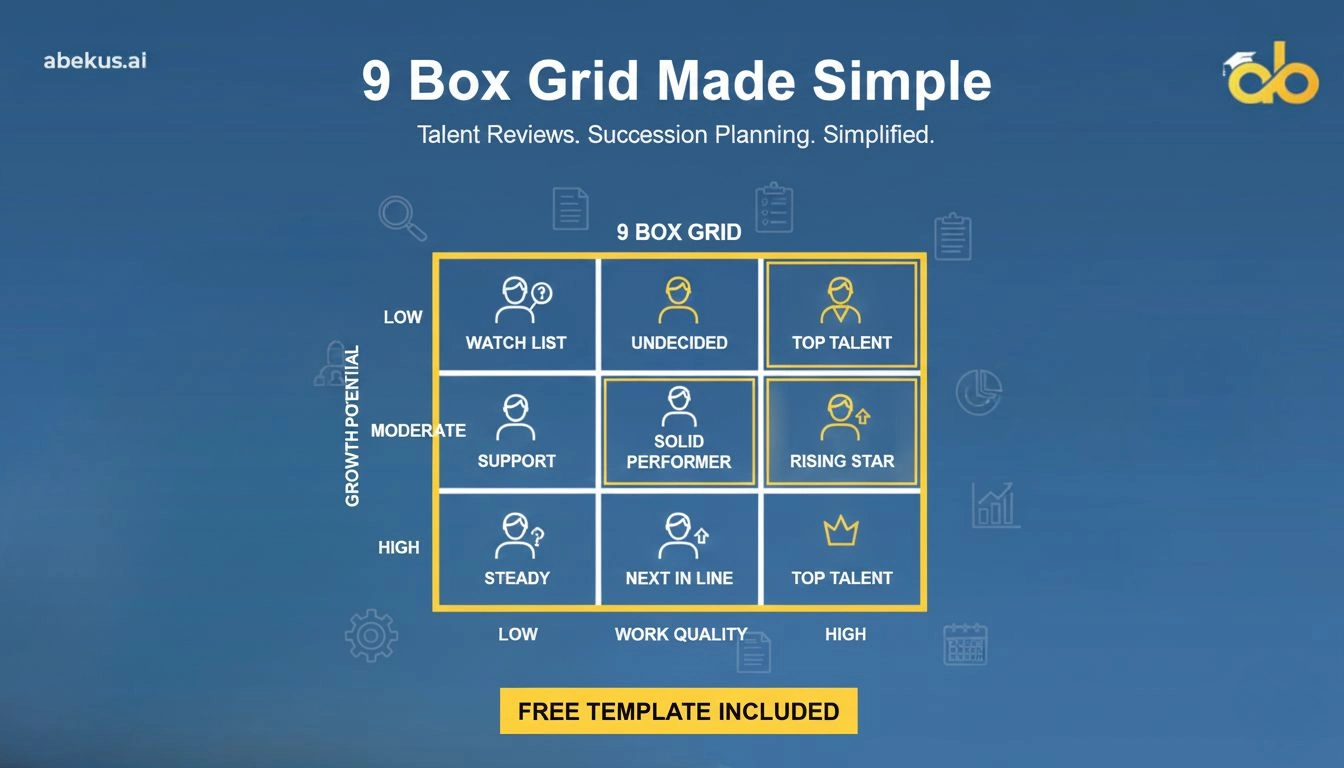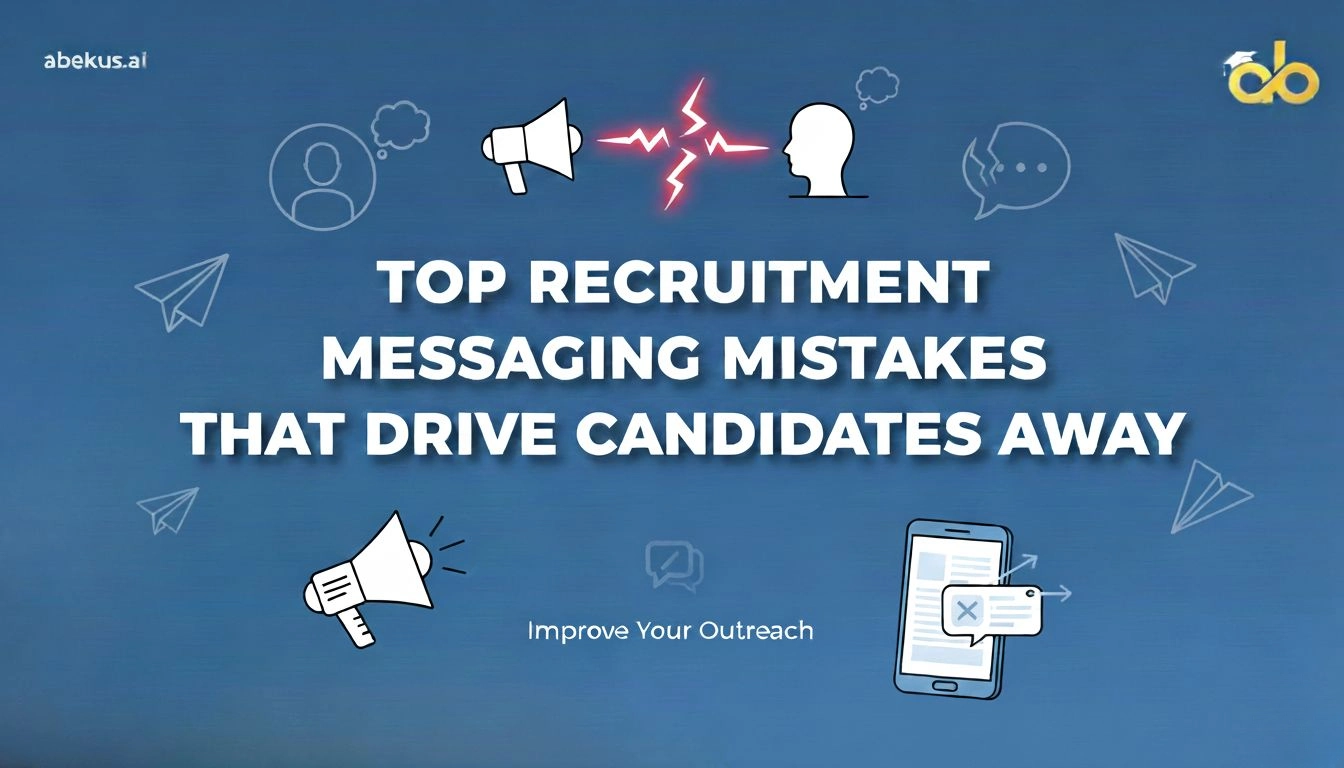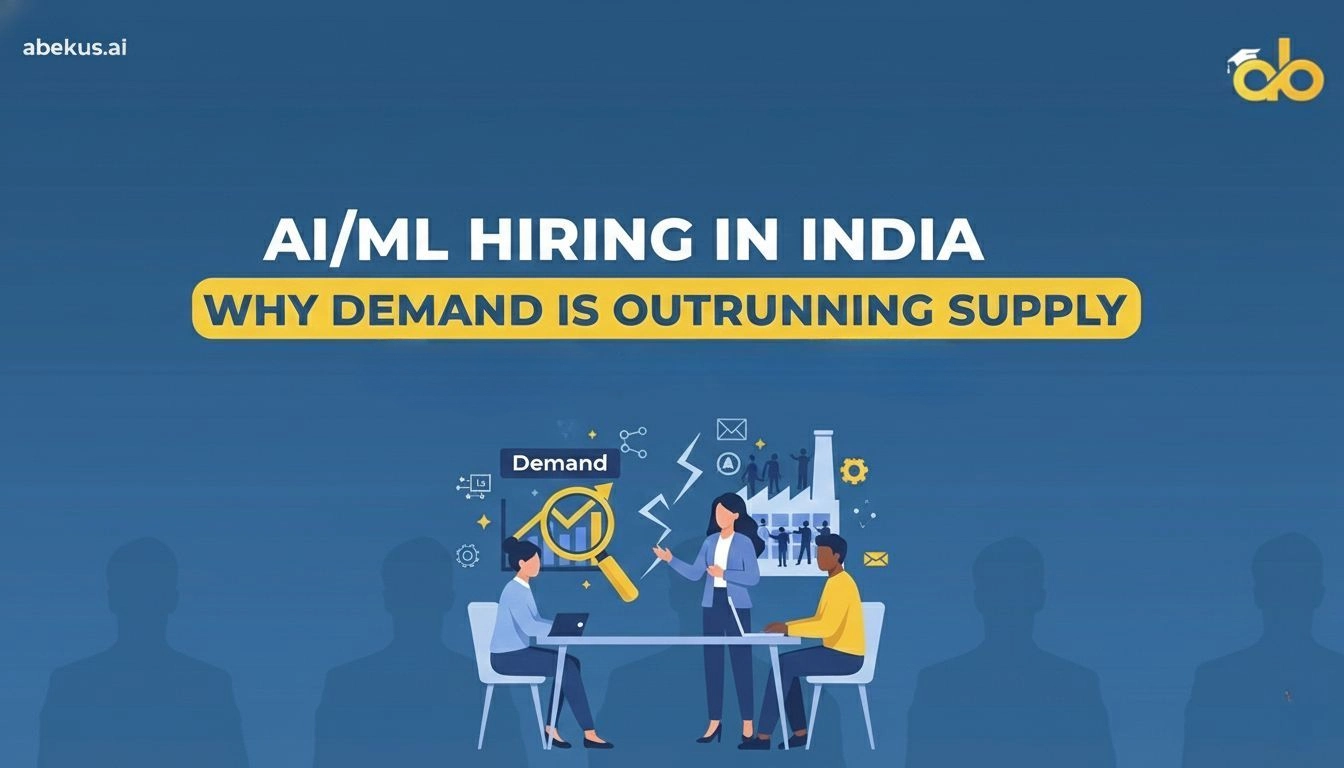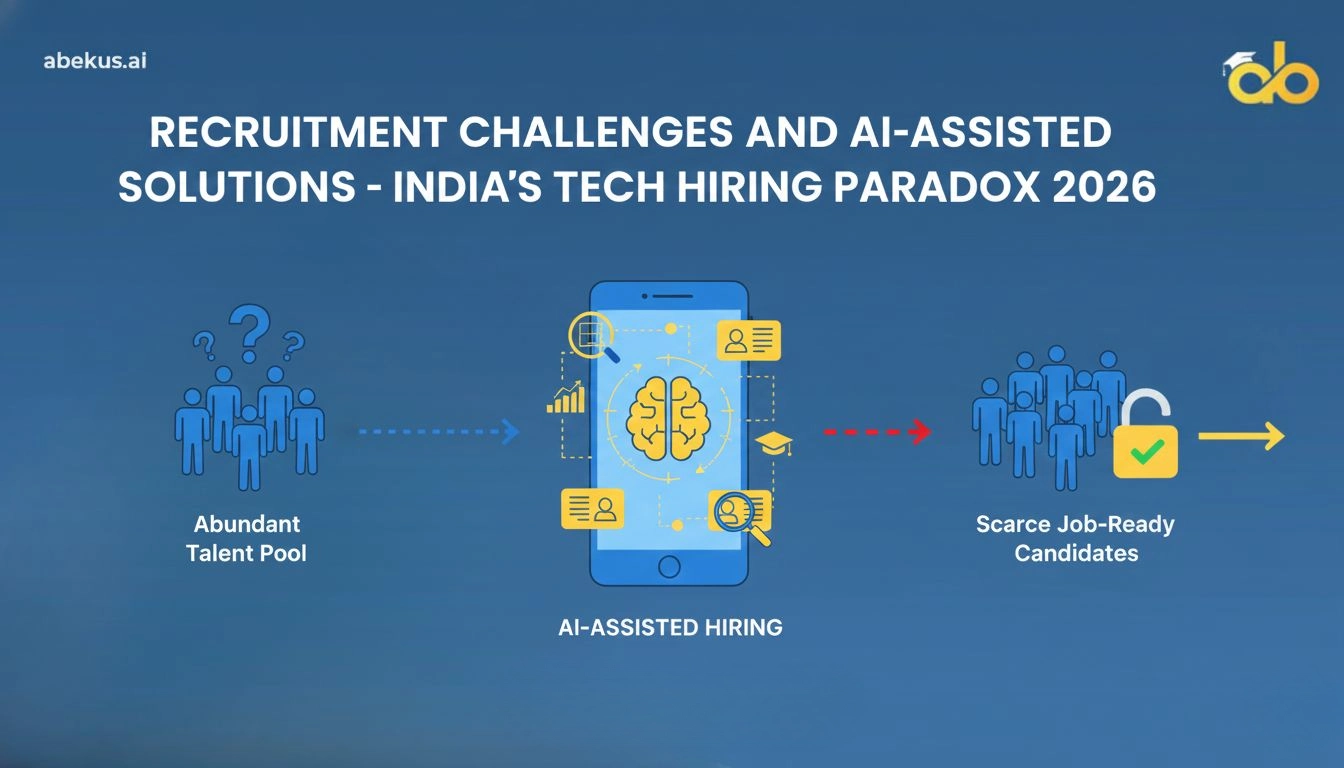In today’s workplace, how employees feel about their work is no longer a soft metric—it’s a business performance indicator. Employee engagement isn’t just job satisfaction; it’s the emotional connection people have with their work, their team, and the organization.
When people feel connected and valued, everything changes—performance, loyalty, innovation, and retention. In this guide, we break down what employee engagement really means, why it matters, and the most effective ways companies can improve it.
What is Employee Engagement?
Employee engagement is the emotional connection people feel toward their work and workplace. It shows up in their attitude, energy, and how much they care about what they do—not just what they’re told to do.
Engaged employees don’t just clock in and out. They participate, contribute ideas, and genuinely care about outcomes. This emotional investment transforms ordinary teams into high-performing ones.
Why Employee Engagement Matters: The Business Impact
When people genuinely care about their work, it shows up in the numbers. From how long employees stay to how often they speak up with better ways of working, staff engagement has a measurable impact on nearly every part of a company’s success..
Proven Benefits of High Employee Engagement
Productivity & Performance:
- Companies with high staff engagement report up to 21% higher productivity
- Innovation flows faster when employees feel valued—organizations see double the innovation output compared to disengaged workplaces
Retention & Loyalty:
- Teams with stronger involvement have 59% less turnover, especially in high-pressure environments
- Managers who have weekly conversations with their teams double the chances of team loyalty
Workplace Culture & Safety:
- A sense of connection and trust leads to 41% lower absenteeism
- Workplaces with stronger emotional commitment see 70% fewer safety incidents
Strong engagement is not about perks—it’s about making people feel seen, heard, and connected. That doesn’t just improve moods; it changes results.
Who Is Responsible for Employee Engagement?
Employee engagement doesn’t sit with HR alone—it’s a shared responsibility across every level of your organization.
Leadership’s Role in Driving Engagement
Leadership sets the tone by what they prioritize, how they show up, and the kind of culture they support. Their actions speak louder than strategy decks or company-wide emails.
Leaders who model transparency, vulnerability, and consistent communication create environments where engagement in the workplace can flourish.
Why Managers Are the Key to Employee Connectivity
The real spark often comes from managers. They’re the ones in daily contact, giving feedback, offering clarity, and setting the pace. A present, thoughtful manager can strengthen employee connectivity faster than any formal program.
Effective managers:
- Have regular one-on-ones with their team members
- Provide clear, timely feedback
- Remove obstacles that block productivity
- Celebrate wins, both big and small
The Employee’s Part in Engagement
Employees themselves also play a part. Their energy, honesty, and willingness to contribute shape how the team feels. But without strong guidance, even the most committed employee can feel adrift.
Engaged employees take initiative, communicate openly, and support their colleagues—but they need the right environment to do so.
4 Key Drivers of Employee Engagement
What keeps people connected to their work isn’t a ping-pong table or pizza Fridays. It’s the everyday experience of how they’re treated, what they’re working on, and who they’re working with.
1. Meaningful Work That Matters
People want to know their time counts. When they understand how their tasks contribute to something bigger, they show up with purpose—not just out of habit.
2. Growth Opportunities and Career Development
Stagnation drains energy. Whether it’s learning something new or stepping into new responsibilities, the chance to grow gives people a reason to stay curious and committed.
3. Recognition and Appreciation
Effort without acknowledgment feels invisible. A quick “you did well” from the right person can stick longer than a yearly award. It reminds people they matter.
4. Belonging and Workplace Connection
Workplaces aren’t machines—they’re communities. When someone feels like they fit in and their voice carries weight, they’re more likely to give their best without holding back.
5 Innovative Employee Engagement Strategies That Work
Traditional perks alone don’t hold people anymore. What really keeps teams connected is how they’re treated day to day. The most effective engagement practices are often simple, people-first changes that show respect, trust, and attention..
1. Rethink Work Arrangements for Flexibility
Allowing people to choose how and where they work—be it part-time hours, remote days, or compressed weeks—shows trust and respect for personal rhythms. This directly improves how people show up.
2. Build Mentorship Into the Everyday Experience
Pairing employees with mentors beyond their immediate team helps them grow faster. It opens up fresh conversations, builds confidence, and creates a stronger sense of connection beyond job titles.
3. Encourage Employee-Led Resource Groups
Support networks built around shared interests or experiences—like women in tech, mental health circles, or book clubs—help people connect on a personal level. These spaces often lead to better collaboration at work.
4. Turn Feedback Into a Regular Habit
Short, regular check-ins between managers and their team members beat formal reviews. When feedback flows naturally, people feel heard and know where they stand.
5. Recognize Small Wins Consistently
Consistent appreciation, even for routine contributions, keeps people invested. A quick shoutout in a team meeting or a note from a peer can go further than a yearly award.
Common Employee Engagement Pitfalls to Avoid
Even well-meaning companies sometimes miss the mark. When employee engagement strategies feel forced or overbuilt, they lose trust. Keeping it real, simple, and consistent is what keeps teams tuned in over time..
Don’t build programs people can’t relate to
Big ideas with zero follow-through confuse teams. Keep employee engagement strategies grounded in daily work, not slide decks.
Stop treating surveys as the final answer
Surveys are just a starting point. What happens after the conversations and the changes, is what actually builds trust.
Avoid one-size-fits-all plans
Every team has its own rhythm. Team engagement strategies should leave room for personal touches, not just company-wide campaigns.
Don’t rely only on managers
While managers are key, peer support, senior leadership, and shared spaces also shape the employee experience.
Quit waiting for yearly reviews
Moments of recognition or concern should happen when they’re most needed, not on a calendar. Timing matters more than formality.
Wrapping Up
True employee engagement isn’t built through one-off events—it takes daily effort, clear intent, and human connection. When employee connectivity is strong, people don’t just show up; they participate, share, and stick around.
Engagement in the workplace grows when teams feel heard, supported, and trusted in their everyday experience. It’s not about doing more; it’s about doing what matters with consistency and care.
When that happens, people bring energy that can’t be forced—and that’s when work starts to truly mean something.
Ready to improve your hiring and engagement? Abekus helps companies find candidates who are not just qualified, but genuinely engaged from day one.
FAQs
1. How do you improve employee engagement?
Start with listening. Regular check-ins, clear communication, and showing appreciation go a long way. Give people meaningful work, room to grow, and a sense of belonging. Employee connectivity strengthens when people feel trusted, supported, and part of a team that values them.
Key actions: conduct stay interviews, implement continuous feedback, recognize contributions frequently, provide growth opportunities, and foster psychological safety..
2. What is the meaning of employee engagement?
Employee engagement is the emotional connection people feel toward their work and workplace. It shows up in their attitude, energy, and how much they care about what they do—not just what they’re told to do. Engaged employees are committed to their organization’s goals and values, motivated to contribute to organizational success, and willing to go beyond basic job requirements.
3. What are the 5 C’s of employee engagement?
The 5 C’s are:
- Connection – Strong relationships and communication across the organization
- Clarity – Knowing what’s expected and understanding company direction
- Contribution – Feeling their work matters and makes a difference
- Confidence – Belief in their abilities and support system
- Career – Having space to grow professionally and advance
4. What are the 4 E’s of employee engagement?
The 4 E’s include:
- Enable – Giving tools, resources, and training needed to succeed
- Empower – Trusting people with responsibility and decision-making authority
- Energize – Inspiring through purpose, vision, and meaningful work
- Encourage – Regular feedback, appreciation, and recognition
5. Why does employee connectivity impact retention?
When people feel connected to their work, team, and manager, they’re more likely to stay. Strong employee connectivity builds trust and loyalty, which reduces turnover and creates a stable, motivated workforce.
Connected employees have:
- Stronger relationships with colleagues
- Better understanding of their impact
- More investment in company success
- Greater sense of belonging and purpose
These factors combine to create compelling reasons to stay, even when external opportunities arise.








